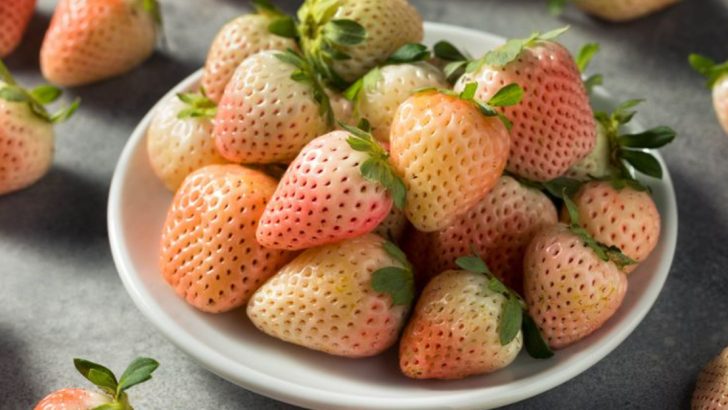Stop settling for boring berries—pineberries are your summer’s sweetest secret! These ghostly white strawberries splashed with ruby seeds don’t just look magical, they taste like sunshine with a hint of pineapple zing. One bite and your taste buds throw a beach party. Growing them? It feels like wrangling unicorns—mischievous runners, finicky frost fancies, and a thirst for perfect moisture. But nail the basics—rich soil, gentle frost cover, and just-right watering—and you’ll unlock a treasure trove of pale pearls. Imagine plucking handfuls before breakfast, tossing them into salads, or stirring them into cocktails that glow at dusk. No more average strawberry season. Follow these 15 insider tips to keep your pineberries flourishing from first flower to final harvest. Ready to tame the mythical fruit your neighbors think only exists in fairy tales? Let’s grow some magic!
Choose the Right Location
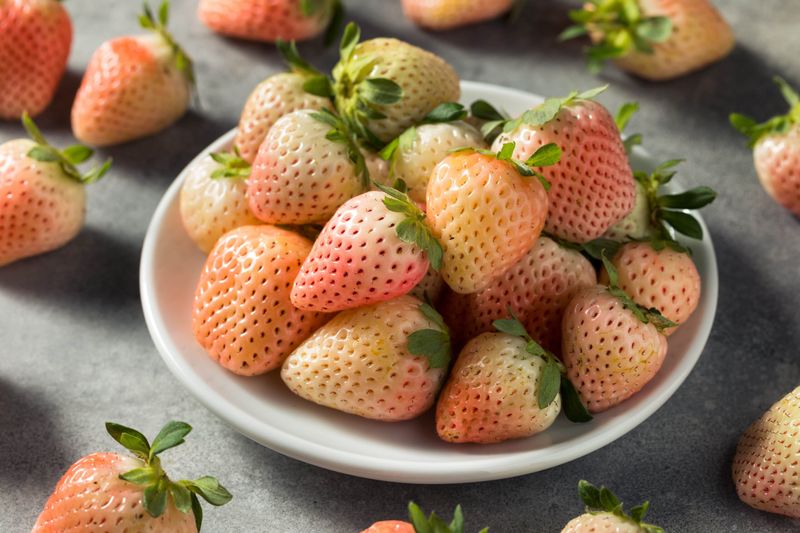
Selecting the perfect spot for your pineberries is crucial. These berries thrive in sunny locations. A plot that receives at least six hours of sunlight daily is ideal. Ensure that the soil is well-drained to prevent root rot. Consider raised beds if your garden area is prone to waterlogging.
The location should also be sheltered from strong winds, which could damage delicate foliage. While pineberries can tolerate partial shade, the best fruit yield comes from sun-kissed sites. Prioritize a location that provides both sunlight and protection for optimal growth.
Soil Preparation
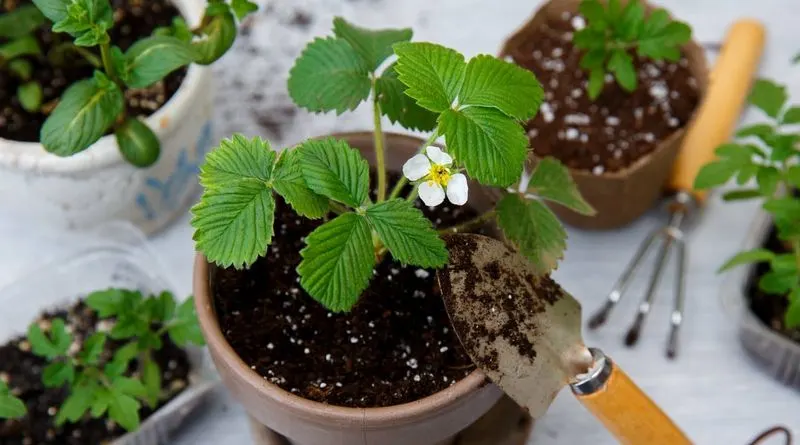
The foundation of successful pineberry cultivation starts with soil preparation. Prioritize organic matter to enrich the soil. Compost is an excellent choice, enhancing both fertility and drainage.
Test the pH level; pineberries prefer a slightly acidic environment, around 5.5 to 6.5. Amend the soil as necessary to achieve this balance. Good soil structure supports root development, crucial for plant health.
Incorporate well-rotted manure or a balanced commercial fertilizer before planting to give your pineberries a nutritional boost from the start.
Planting Season Timing
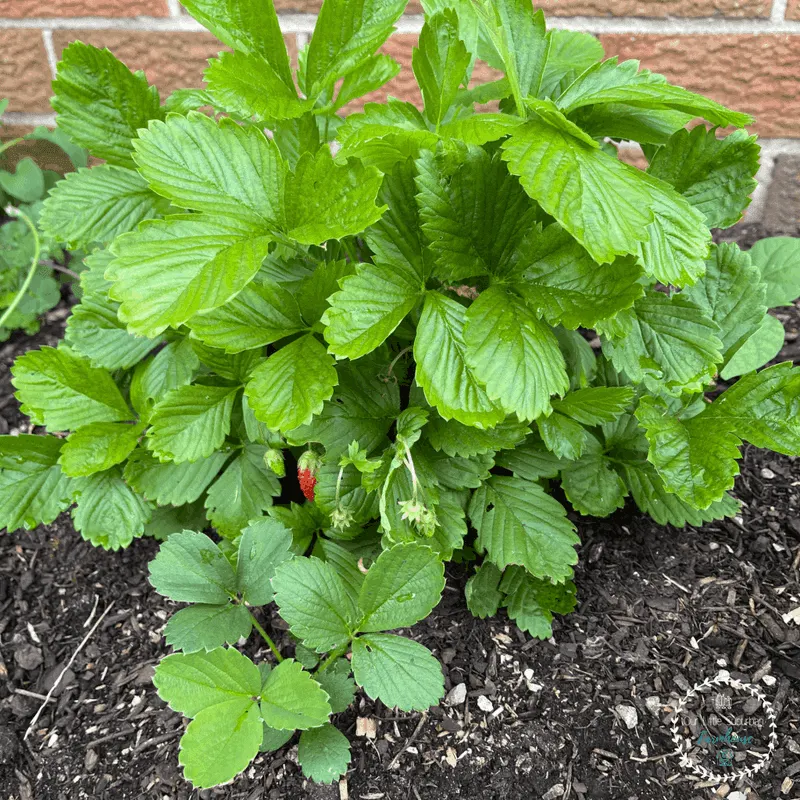
Planting pineberries at the right time can make all the difference. Typically, spring is the best season, after the threat of frost has passed. This timing allows the plants to establish roots before the heat of summer.
Check local frost dates and plan accordingly. Planting too early might expose young plants to cold, while planting too late can stress them in the heat.
Use a gardening calendar to mark your planting dates and monitor weather patterns to optimize the timing for planting your pineberries.
Watering Practices

Watering pineberries requires a delicate balance. They need consistent moisture, especially during flowering and fruiting stages. However, over-watering can lead to root rot.
Aim for deep watering sessions rather than frequent light watering. This encourages strong root systems. In dry climates, consider mulching to retain soil moisture.
Check soil moisture regularly by feeling the soil a few inches below the surface. Proper watering techniques will keep your pineberries healthy and fruitful throughout the growing season.
Companion Planting
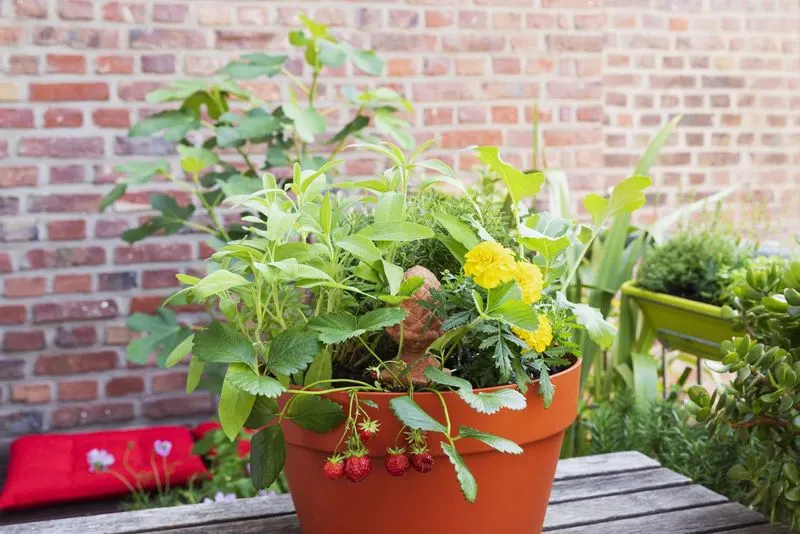
Companion planting can enhance the growth of your pineberries. Plants like borage and marigolds not only deter pests but also improve pollination.
Borage attracts beneficial insects, creating a balanced ecosystem in your garden. Marigolds, with their pest-repelling properties, help protect pineberries naturally.
Consider planting these companions close to your pineberries. They can boost yield and health by fostering a supportive plant community, reducing the need for chemical interventions. Ensure spacing is adequate to prevent competition for nutrients.
Fertilization Techniques
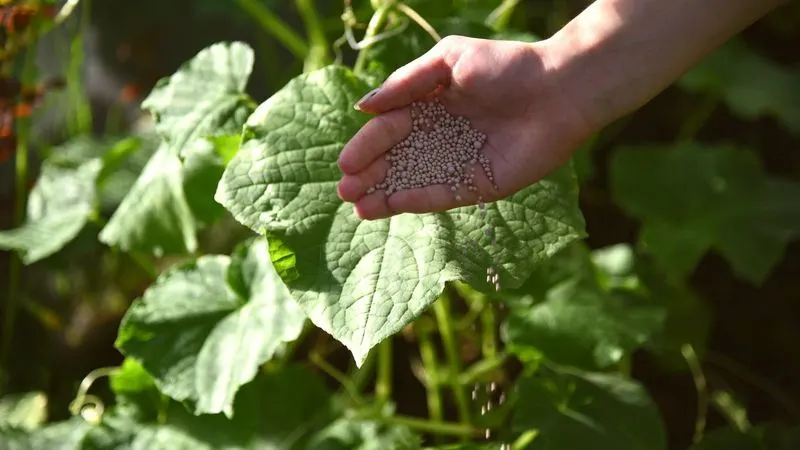
Fertilization is key to vibrant pineberry plants. Organic fertilizers, such as well-rotted manure or fish emulsion, offer balanced nutrition. Avoid excessive nitrogen; it promotes leaf growth at the expense of fruit.
Apply fertilizers at the start of the growing season and then every 4-6 weeks. This schedule supports continuous growth and fruit production.
Observe your plants for yellowing leaves or stunted growth, signs that they may need more nutrients. Adjust fertilization based on plant needs to ensure a productive harvest.
Pruning for Productivity
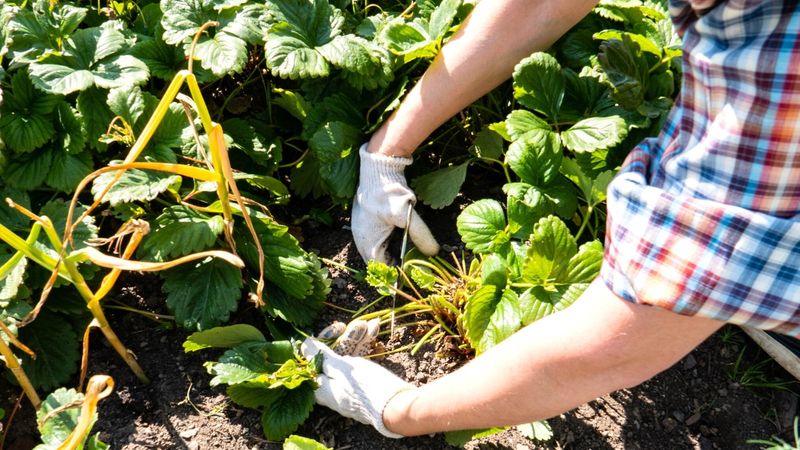
Pruning is vital for healthy pineberries. Remove old, damaged, or crowded foliage to improve air circulation. This reduces disease risk and encourages more fruit production.
Focus on removing runners, which can take energy away from berry production. Trim these regularly to direct the plant’s energy towards fruiting.
Pruning not only helps in managing plant size but also increases sunlight exposure to all parts of the plant. This practice is essential for maintaining a healthy, productive pineberry patch.
Pest and Disease Management
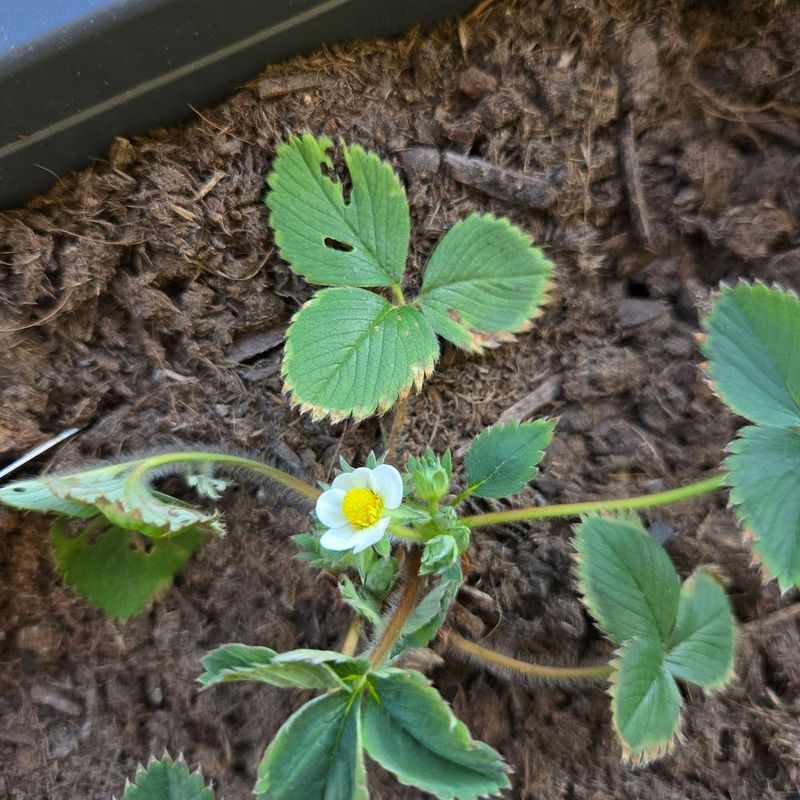
Pest and disease management is crucial in pineberry cultivation. Regular inspections can catch issues early. Look for common pests like aphids or slugs. Use natural remedies, such as neem oil, to manage infestations.
Disease can be minimized by ensuring proper spacing and airflow. Choose disease-resistant varieties and rotate crops annually.
Creating a balanced garden ecosystem by encouraging natural predators, like ladybugs, can also help. This holistic approach keeps your pineberries thriving with minimal chemical use.
Mulching Benefits
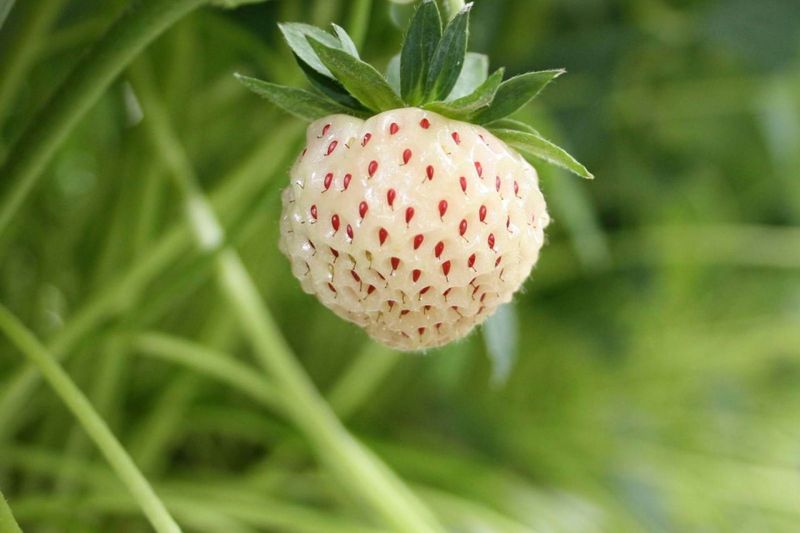
Mulching offers numerous benefits for pineberry plants. Straw or wood chips can retain moisture, suppress weeds, and regulate soil temperature.
Apply a thick layer of mulch around the base of the plants. This not only conserves water but also prevents soil erosion. Mulch breaks down over time, adding organic matter to the soil, enhancing fertility.
Choose mulch that complements your garden aesthetics and meets environmental needs. Regularly inspect and refresh the mulch to maintain its effectiveness throughout the growing season.
Harvesting Techniques
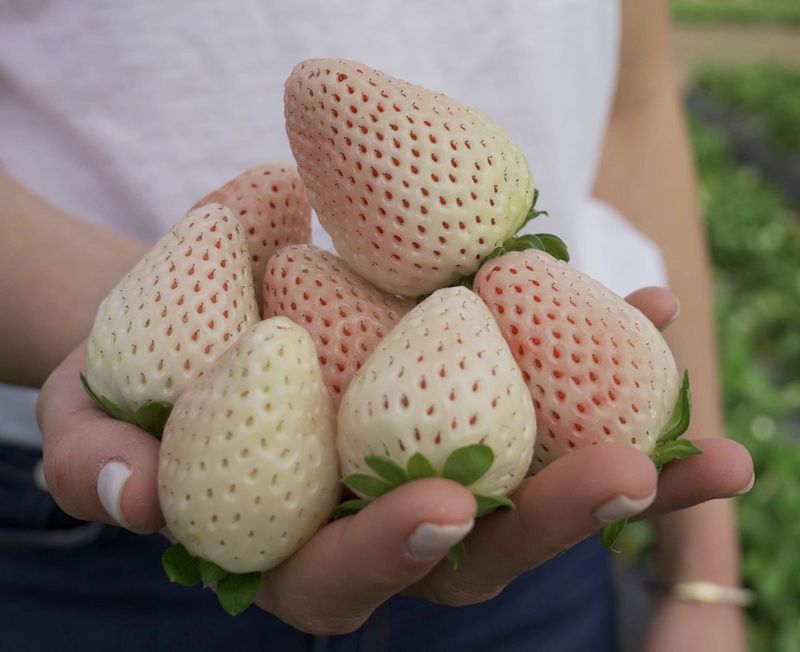
Harvest time is an exciting phase for pineberry enthusiasts. Picking ripe berries at the correct time ensures peak flavor. Look for berries that are white with a slight pink blush.
Gently twist the berry from the stem to avoid plant damage. Check your plants every few days during peak season, as pineberries ripen quickly.
Store harvested berries in a cool, dry place. They are best enjoyed fresh, capturing the unique summer essence they offer. Proper harvesting techniques ensure a continuous supply of these delightful berries.
Storing and Preserving
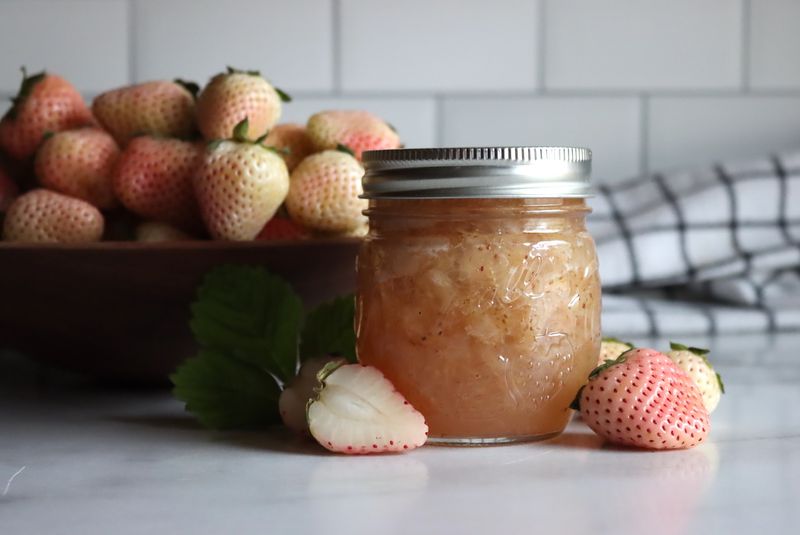
To enjoy pineberries beyond the growing season, proper storage is essential. Fresh pineberries can be refrigerated for a few days. For longer preservation, consider making jams or freezing them.
Use airtight containers for freezing to prevent freezer burn. Pineberry preserves capture the summer flavor, perfect for spreading on toast during winter.
Label and date your stored goods to keep track of freshness. Exploring preservation methods ensures a lasting supply of pineberries, ready to be enjoyed year-round.
Understanding Pineberry Growth Cycle
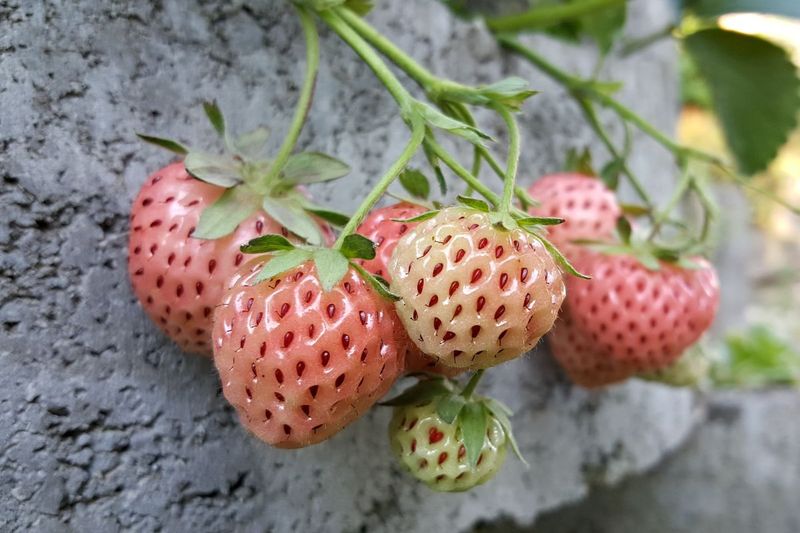
Understanding the growth cycle of pineberries enriches the gardening experience. From seedlings to mature plants, each stage requires different care.
Seedlings need nurturing in controlled environments until they are robust enough to transplant. Flowering signals the start of berry production.
Recognizing these stages helps in timely interventions, whether it’s fertilizing, watering, or pruning. This knowledge equips gardeners to foster strong, healthy plants throughout the season, maximizing yield.
Community and Resource Networking
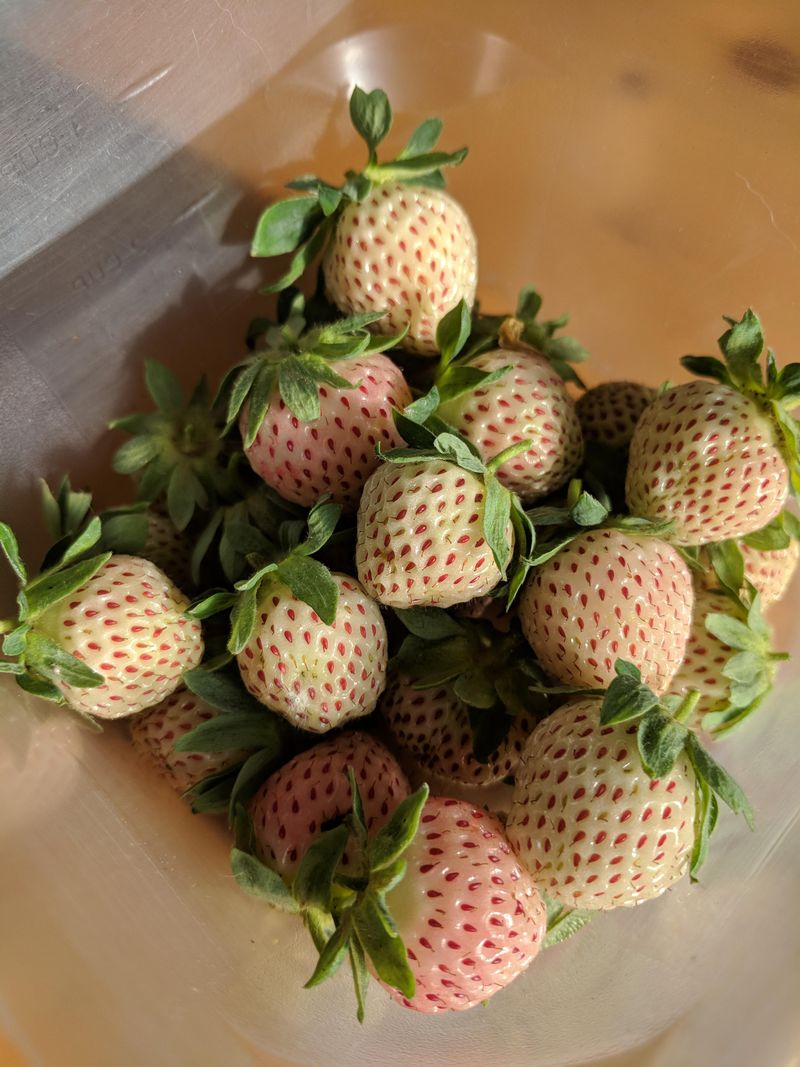
Engage with a community of pineberry enthusiasts to enhance your gardening journey. Local gardening clubs or online forums offer a wealth of shared experiences and advice.
Networking provides access to resources like plant swaps, expert talks, and troubleshooting tips. These interactions can lead to discovering new techniques or varieties.
Participating in such communities not only enriches your knowledge but also connects you with fellow gardeners, fostering a supportive environment for learning and sharing.
Experimenting with Recipes

Pineberries are not just for eating fresh. Experiment with them in various recipes to savor their unique flavor. They pair well with mint and cream, creating delightful desserts.
Incorporate pineberries into salads for a tropical twist or blend them into refreshing beverages. Exploring recipes expands the culinary use of pineberries, showcasing their versatility.
Share your creations with friends and family to spread the joy of this unusual berry. The culinary exploration of pineberries enriches the gardening experience, making each harvest even more rewarding.
Understanding Light Requirements
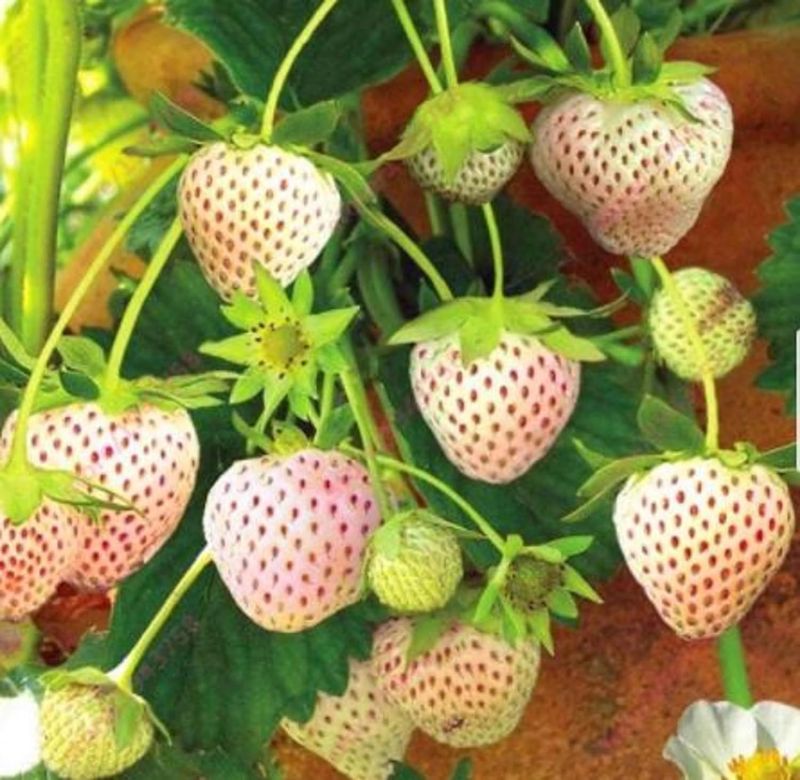
Harnessing the sun’s power, pineberries thrive in environments with full sunlight exposure. Position your pineberries where they can bask in at least six to eight hours of sunlight daily. This ensures robust growth and an abundance of delightful fruit.
Shaded spots may lead to fewer berries, impacting your harvesting joy. Consider the changing seasons and how the sun’s path shifts, adjusting your planting strategy accordingly.
Did you know? Pineberries, when adequately sun-kissed, develop a more intense flavor profile, delighting taste buds with their unique tropical notes.

